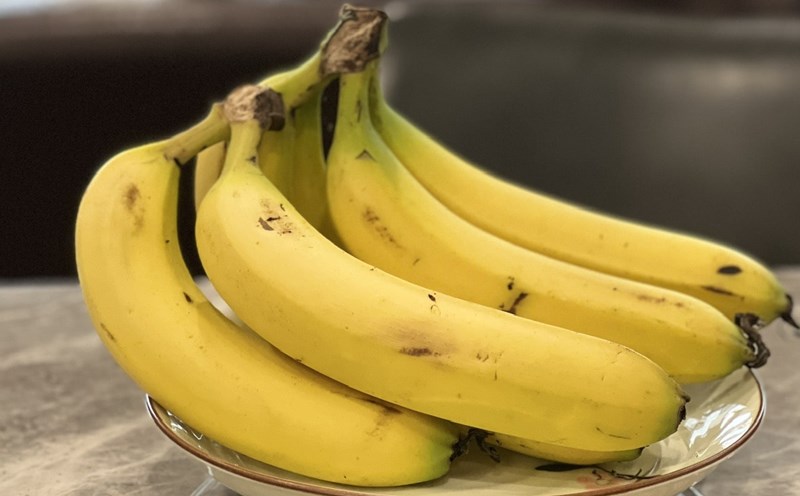According to the latest medical studies, choosing the type of fruit, the time of eating and the combination of foods have a clear impact on blood sugar levels.
Here are some scientific ways to eat fruit during the day to help stabilize blood sugar, based on evidence from international health organizations.
Choose fruits with a low glycemic index (GI ≤ 55)
Glycemic Index (GI) measures the rate at which blood sugar rises after eating foods containing carbohydrates. Low GI fruits help increase blood sugar more slowly and stably.
According to the American Diabetes Association (ADA), some low-GI fruits are suitable for people who need to control blood sugar, including:
Apple (GI: 36).
Le (GI: 38).
Kiwi (GI: 50)
Grapefruit (GI: 25, etc.).
Strawberries (GI: 501)
Pints (GI: 40).
Consuming 23 servings of low GI fruits per day helps reduce the risk of insulin resistance and improve HbA1c in prediabetes patients.
Eat whole fruits instead of juicing
Fruit juices are often low in fiber and can easily cause blood sugar to rise rapidly because glucose is absorbed almost immediately.
On the contrary, eating whole fruits helps slow down digestion thanks to their high fiber content, thereby limiting the spike in blood sugar.
Eating a whole orange with silk skin (containing fiber) will have a much lower impact on blood sugar than drinking a glass of pure orange juice. With the same amount of calories, orange juice raises blood sugar 2-3 times faster than whole oranges.
Combine fruits with protein or healthy fats
Eating fruit with foods rich in protein or good fats can slow down the absorption of sugar, helping to stabilize blood sugar after eating.
For example: eat apples with nut butter, strawberries with Greek yogurt, or bananas with a little chia seeds.
A 2022 study in the Journal of Clinical Nutrition (UK) showed that: people who eat fruits with monounsaturated fats (from avocado, nuts) have a 23-28% lower post-meal blood sugar increase than the group who eat single fruits.
Eat fruit in the morning or mid-session, avoid eating immediately after a main meal
The time to eat fruit also affects blood sugar. Eat fruit 1-2 hours before main meals, when the stomach is not too full to limit blood sugar overload.
In particular, avoid eating dessert that is high in starch or fat right after a main meal, as it can cause prolonged increases in blood sugar.
According to the World Health Organization (WHO), people at risk of diabetes should divide their fruit serving into 2-3 times a day, prioritizing in the morning and mid-afternoon, when the level of natural insulin is highest during the day, helping to control blood sugar more effectively.











